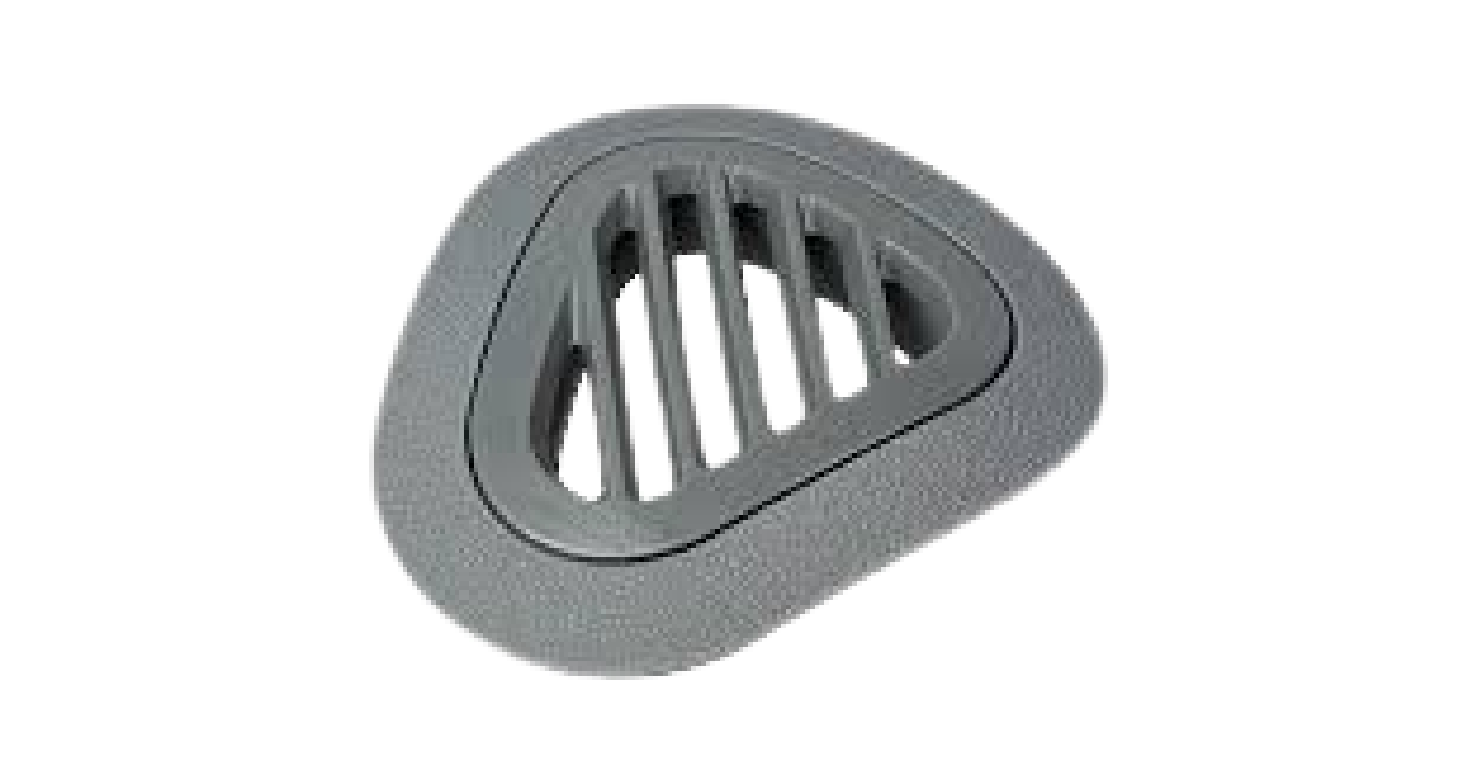



Graph 4 Rigid Gray Is ASTM D4329 And ASTM G194 Evaluated For 8 Years Indoor And 1.5 Years Outdoor Mechanical Performance, Guaranteeing That Printed Components Stay Functional And Stable For Extended Periods Of Time In Real-World Situations.
Where relevant, the complete set of mechanical characteristics is provided in accordance with ASTM and ISO standards. All components are conditioned for a minimum of 40 hours at 23 °C and 50% relative humidity in accordance with ASTM recommendations. Physical and mechanical qualities, as well as thermal, UL flammability, and electrical properties, are all included in material properties (dielectric strength, dielectric constant, dissipation factor, and volume resistivity).
Figure 4 technology creates isotropic components, which means that items printed along either the XYZ or Z axis will have equivalent mechanical qualities. Because parts do not need to be orientated to provide the best mechanical characteristics, the degree of freedom for part orientation for mechanical qualities is increased.















